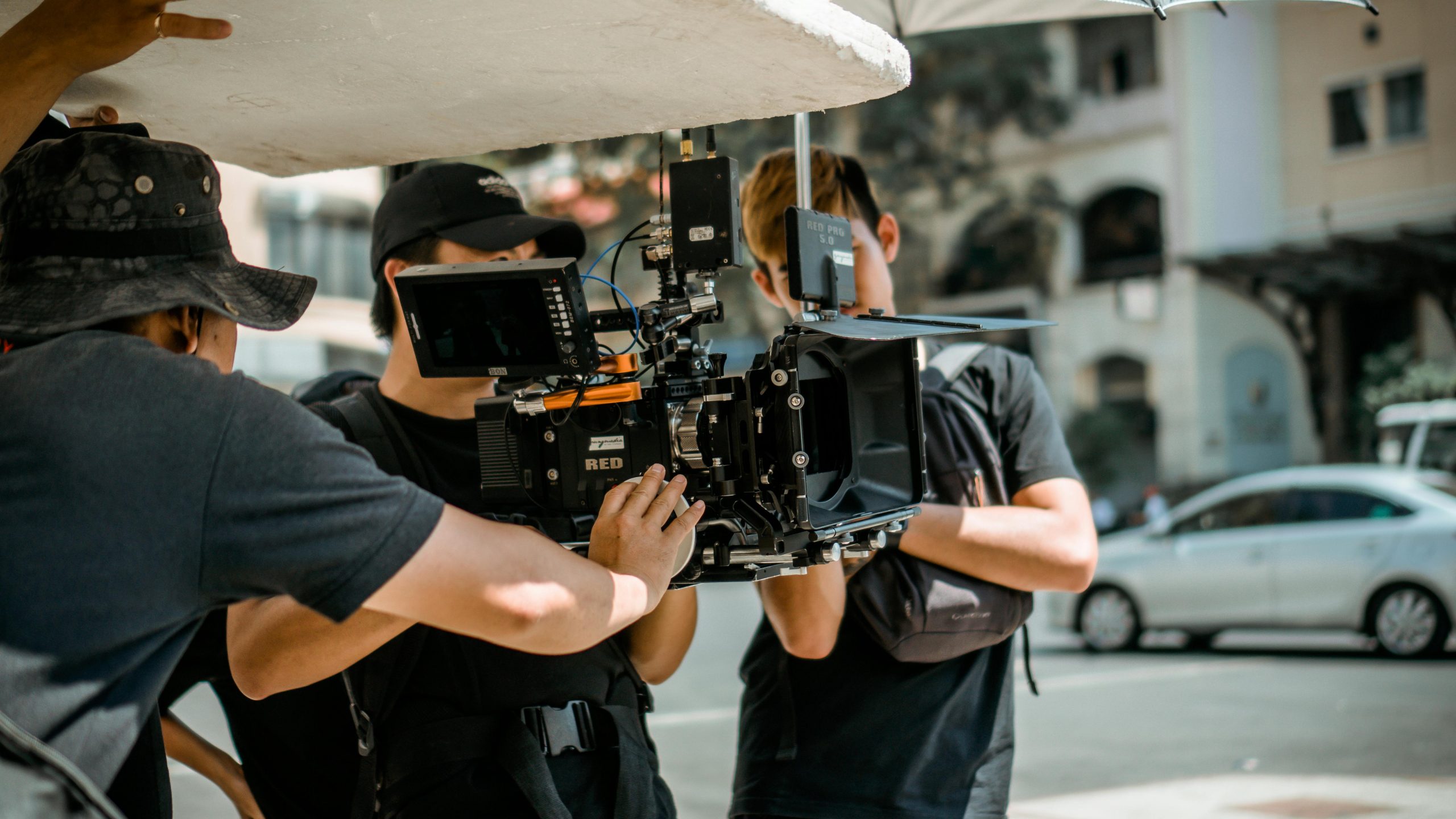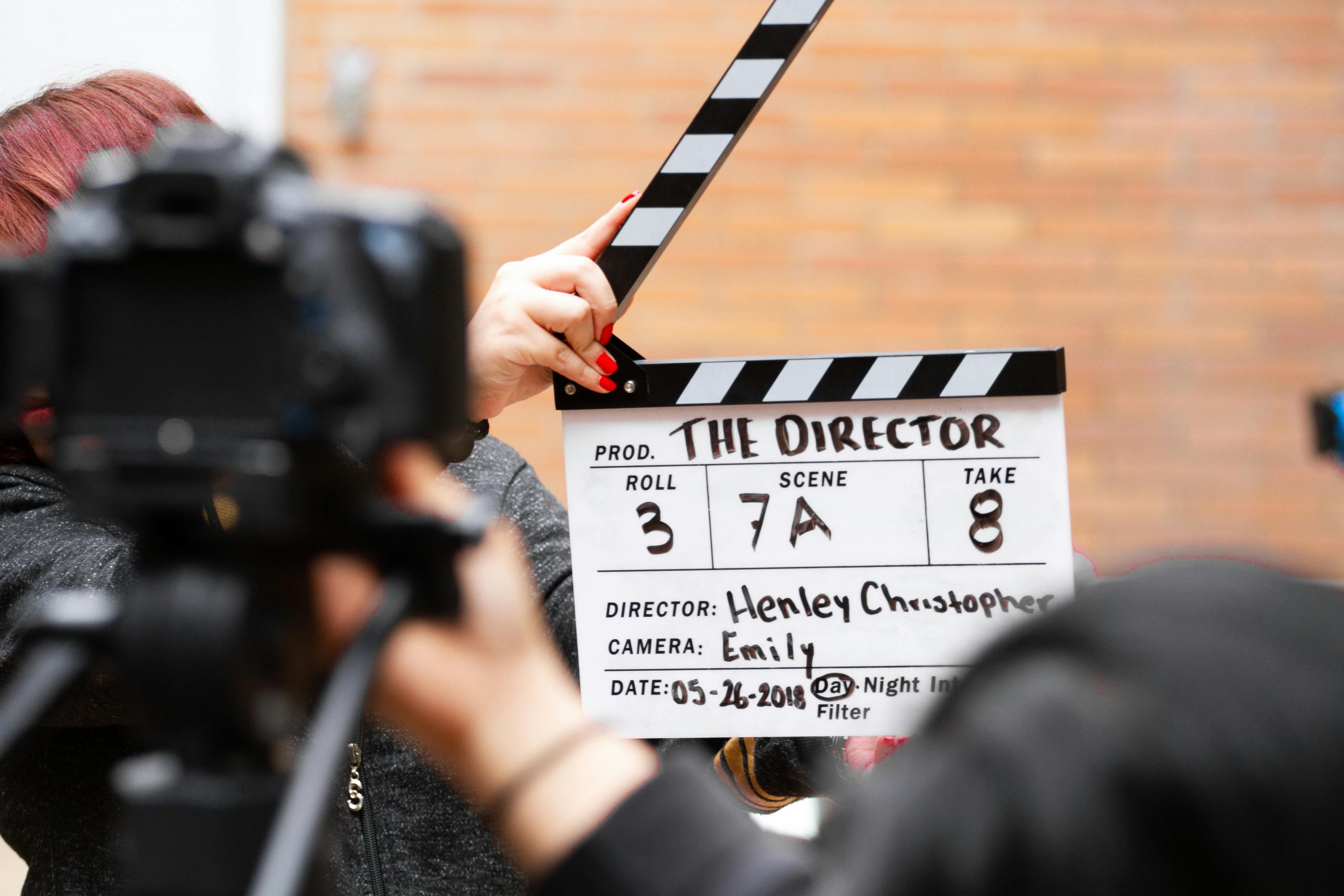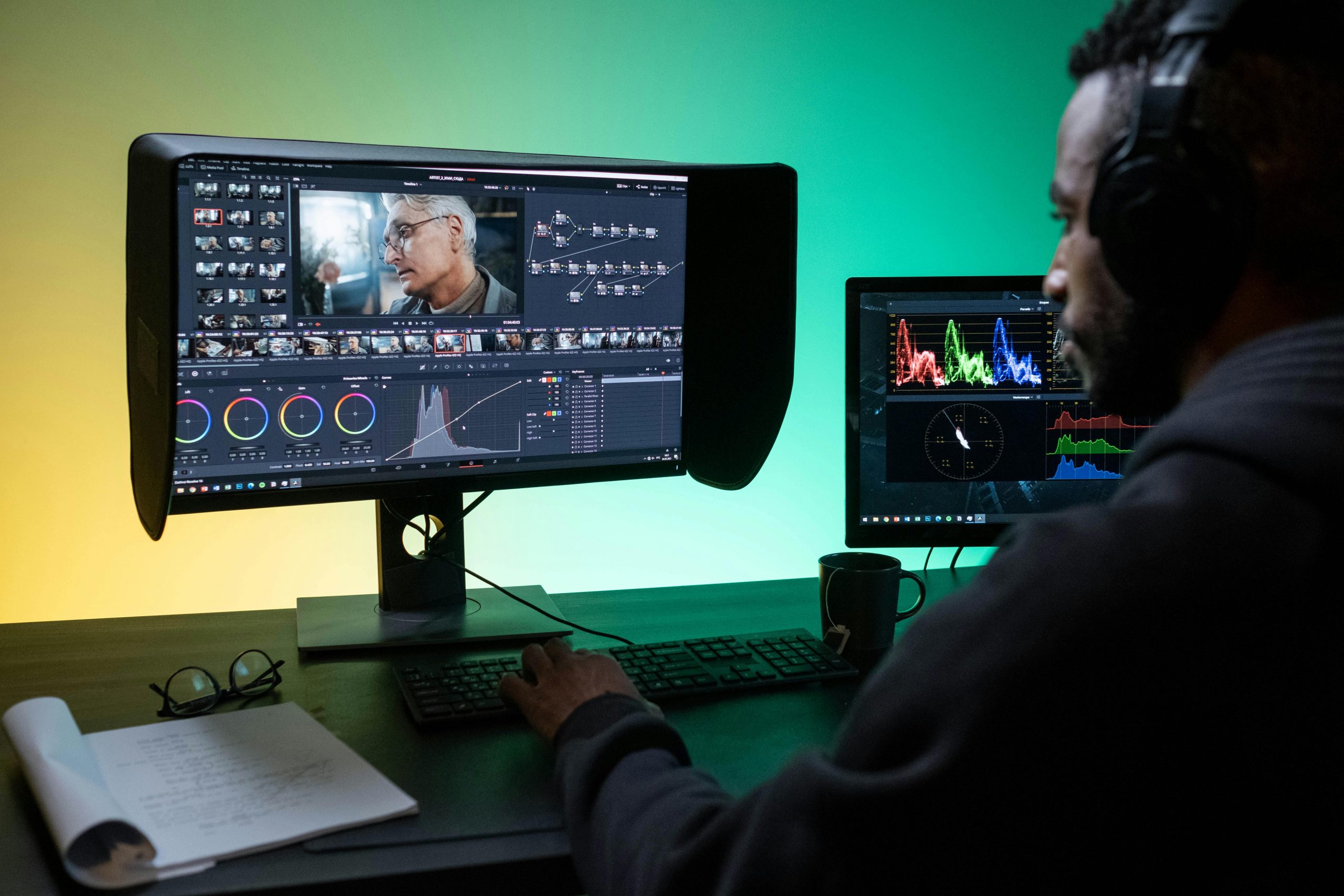
Have you ever watched a movie and wondered, how long did that take to make? The answer isn’t always simple. The amount of time it takes to film a movie can vary from a few weeks to several years, depending on many factors like the script, budget, special effects, and more.
In this article, we’ll walk you through how long it takes to film a movie, explain each phase of the process, and share what can make production take longer (or go faster). Whether you’re curious as a movie fan or planning your own film, this guide breaks it all down in a way that’s easy to understand.
Average Time to Film a Movie
On average, it takes 2 to 6 months to shoot a standard feature-length movie. However, that’s just the filming phase. When you include pre-production and post-production, the full process can take anywhere from 9 months to 2 years—sometimes longer.
Here’s a quick breakdown:
| Stage of Production | Average Time |
| Pre-production | 2–6 months |
| Filming (Production) | 1–4 months |
| Post-production | 4–12 months |
Of course, not all films follow this exact timeline. Some independent films are shot in less than 20 days, while big-budget blockbusters may spend years in development and visual effects.
Phases of Making a Movie
Let’s go deeper into each stage and how long each one usually takes.
1. Development (Time Varies)
Before anything is filmed, there’s the development stage. This is when someone gets the idea for a movie and writes the script. It can take anywhere from a few weeks to several years, depending on:
- Script rewrites
- Funding challenges
- Scheduling with key actors or directors
Some movies are stuck in what’s called “development hell” and may take over a decade before moving forward.
2. Pre-Production (2–6 Months)
Once a script is ready and the film is greenlit, pre-production begins. This phase includes all the planning that needs to happen before filming starts. Key steps include:
- Casting actors
- Hiring crew members (director, camera operators, etc.)
- Securing locations
- Building sets and props
- Creating a shooting schedule
- Getting permits and insurance
This part can take 2 to 6 months depending on how complex the movie is. A simple drama with two main actors needs less time than a sci-fi movie with spaceships and green screens.
3. Filming or Production (1–4 Months)
This is when the cameras roll. The actual filming time depends on the length and complexity of the script.
| Movie Type | Filming Time (Approx.) |
| Indie Films | 10–30 days |
| Romantic Comedies | 1–2 months |
| Action Films | 3–6 months |
| Big-Budget Blockbusters | 4–12+ months |
A general rule: most feature films shoot about 1 to 3 script pages per day. So a 120-page script (typical for a 2-hour movie) might take 40 to 60 filming days, not counting days off or reshoots.
Filming days are long—up to 12 to 14 hours—so managing time well is crucial.
4. Post-Production (4–12 Months or More)
Once the filming wraps up, it’s time to edit everything. Post-production can take several months to over a year, depending on how complex the project is. Tasks in this phase include:
- Video editing
- Color correction
- Sound editing and mixing
- Adding music
- Visual effects (VFX)
- Creating the final cut
For movies with a lot of CGI (like superhero films), post-production may take longer than the actual filming.
What Affects How Long It Takes to Film a Movie?
Several factors can speed up or slow down the movie-making process. Whether it’s a small student film or a major Hollywood blockbuster, these elements affect how long it takes from the first day of shooting to the last.
- Budget
A movie’s budget plays a big role in how fast (or slow) things move. With a higher budget, a film crew can afford more cameras, lighting setups, crew members, and even second shooting units. This can speed up production because multiple scenes can be shot at once.
However, a bigger budget doesn’t always mean faster filming. Big productions often involve complex sets, high-end special effects, and large casts. These elements require more planning, coordination, and time. For example, a Marvel film might have more money but could take longer than a low-budget indie film due to its scale and complexity.
- Script Length
A typical rule in film is that one page of a script equals one minute of screen time. So, a 100-page script often results in a 100-minute movie. Longer scripts mean more scenes, dialogue, and camera setups—each of which adds time.
Short films (under 15 minutes) might be filmed in just a day or two. In contrast, a full-length feature can take several weeks or even months, depending on how many scenes and characters are involved.
- Location
Where a movie is filmed makes a big difference. If you’re shooting in one location—like a soundstage or a single house—it’s easier to move from scene to scene quickly. These controlled environments are less likely to cause delays.
On the other hand, shooting on location (especially in other cities or countries) can take much longer. You have to move crew and equipment, get filming permits, and deal with local rules. If you’re filming outside, you also need to account for traffic, noise, and public interruptions.
- Special Effects
Movies with heavy use of special effects often take longer to shoot and much longer to finish. Action scenes, explosions, CGI creatures, or green screen backgrounds all require extra work.
Even if the actual filming goes smoothly, post-production (the editing and effects stage) can stretch the timeline by weeks or months. For example, superhero or science fiction films often spend more time in post-production than they do filming.
- Weather & Unexpected Delays
Filming outdoors means dealing with the weather. Rain, wind, snow, or even too much sun can delay a shoot. Bad weather can also damage equipment or create unsafe conditions for actors and crew.
Other delays might include actors getting sick, gear breaking down, or even running out of daylight during outdoor scenes. Each of these can push the filming schedule back by hours or days.
- Director’s Style
Directors have different ways of working. Some prefer to move fast and keep to a tight schedule, shooting just a few takes per scene. Others are perfectionists who may shoot dozens of takes until everything feels just right.
The director’s experience level also matters. First-time directors might need more time to adjust, while seasoned pros are often more efficient. The slower the director’s pace, the longer the filming process will be.
- Cast Size and Availability
If your movie has a large cast, it takes longer to coordinate schedules, rehearsals, and shooting days. Getting all the actors in one place at the same time can be tricky—especially for scenes with many people.
Scheduling issues with even one key actor can delay filming. Big-name actors often have busy calendars and may only be available for a short window.
- Scene Complexity
Not all scenes are equal. A conversation at a kitchen table might only take an hour to film. But a car chase, a crowd scene, or a stunt sequence can take a full day—or more.
Scenes involving children, animals, or complicated props also slow things down. These require extra supervision, planning, and time to get the perfect shot.
- Number of Camera Setups
Every scene is shot from multiple angles: wide shots, close-ups, over-the-shoulder views, etc. Each of these requires moving lights, cameras, and sometimes the entire crew. More camera setups mean more time spent resetting between takes.
Low-budget films may only use one or two angles per scene. High-end productions might shoot the same moment from five or six angles, adding hours to the process.
- Union Rules and Work Hours
Professional film sets follow labor union rules, which limit how long people can work each day. These rules are important for safety and fairness, but they also affect how much can be filmed in a day.
For example, a union crew might work 10–12 hours max, while student or indie filmmakers may work longer days to save time or money. Fatigue also becomes a factor—tired crews make more mistakes, which can slow down production.
Examples: How Long Did Famous Movies Take to Film?
Let’s look at a few well-known movies and how long they took to shoot:
- Paranormal Activity (2007) – Filmed in just 7 days
- The Blair Witch Project (1999) – Filmed in 8 days
- Titanic (1997) – Filming lasted about 160 days
- Avengers: Endgame (2019) – Filming took nearly 200 days
- Boyhood (2014) – Filmed over 12 years (to show real aging)
Can Movies Be Filmed Faster?
Yes—especially small or independent films. Here’s how some filmmakers save time:
- Use fewer locations
- Cast a small group of actors
- Film using natural light
- Shoot multiple scenes in one day
- Avoid CGI or special effects
TV movies or streaming content sometimes follow a much tighter schedule—around 2–4 weeks of filming.
From Filming to Release: The Full Timeline
Even after the movie is done, you still need time for marketing, distribution, and possibly film festival submissions. Here’s what a full timeline might look like:
| Stage | Time Estimate |
| Script & Development | 3–18 months or more |
| Pre-Production | 2–6 months |
| Filming | 1–4 months |
| Post-Production | 4–12 months |
| Marketing & Distribution | 3–6 months |
| Total Time | 12–36 months |
Conclusion
So, how long does it take to film a movie? The short answer is: it depends. A small indie film may wrap up in a few weeks, while a big-budget movie can take years from script to screen.
If you’re making a film yourself, plan for at least 6–12 months to cover writing, planning, filming, and editing. If you’re just a curious fan, now you know why your favorite movies take so long to hit theaters!
With a better understanding of how movies are made—and how long each step takes—you’ll appreciate every scene just a little more the next time you watch one.


